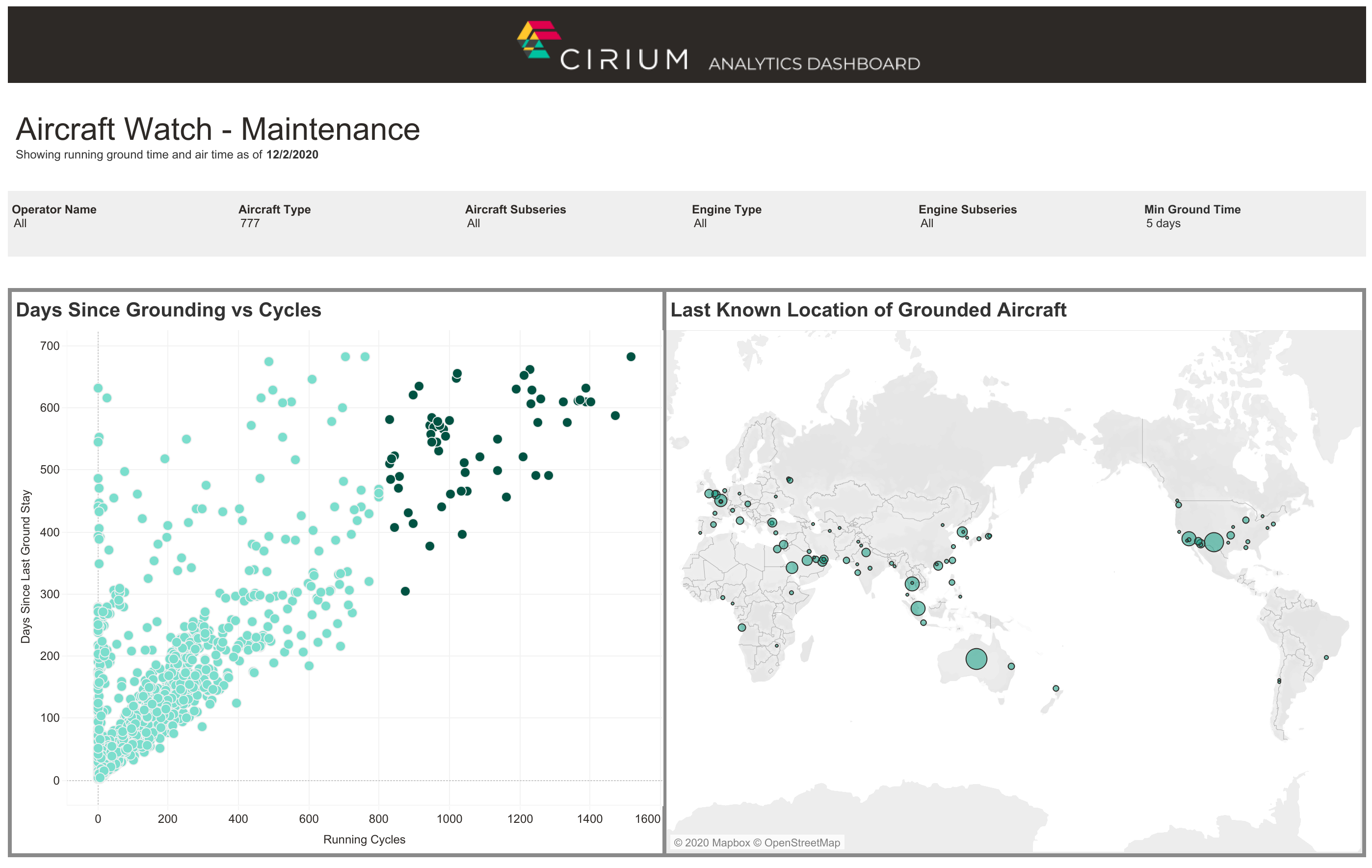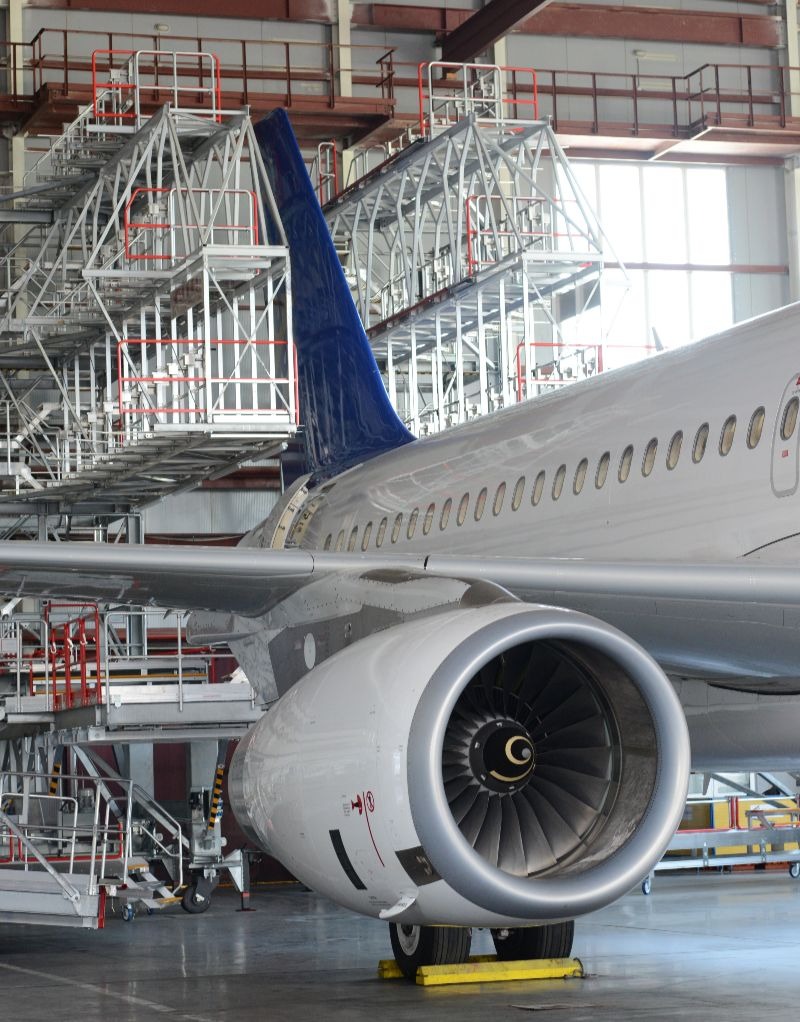Optimizing efficiencies in aerospace supply chains is more critical than ever — as cash-strapped airlines begin to look beyond the pandemic-induced collapse in passenger demand which has blighted 2020 — to a beckoning recovery phase buoyed by the potential effectiveness of multiple vaccines.
Demand for aerospace products and aftermarket services is fundamentally driven by new aircraft production rates, the size of the in-service fleet and average per-aircraft hours and cycles utilization.
All three measures have been severely impacted by the COVID-19 pandemic and this has created big challenges for aerospace suppliers in managing operations during the crisis, and in forecasting future revenue flows and identifying emerging market opportunities.
Prior to the onset of the coronavirus crisis, schedules data provided a rough guide of fleet level utilization, usually within a few percentage points of hours and cycles actually flown. That is no longer the case, as operators grapple with passenger demand that typically materializes just a few days prior to a scheduled flight, resulting in high levels of cancellations.
Many airlines are faced with having to effectively function as start-ups because no-one really knows when and where demand will return, and how it will be segmented between leisure and business travel.
Therefore, having access to the most granular view of actual flight activity on a near-real time basis has never been more critical for aerospace players.
There is no substitute for being able to visualize which aircraft and/or engine types are being called back to full operational duties first, and which specific aircraft are reaching the front of the queue for their next scheduled maintenance events.

Domestic operations have unsurprisingly suffered relatively the least impact as there is no requirement for passengers to cross national borders, although flights in this segment are nonetheless down by approximately one third compared with last year, and average daily flight hours are also down significantly. International flights have declined by around three quarters.
Utilization patterns for fleets down to individual tail level reveal how operators are generally favoring younger, newer technology aircraft as these are more fuel efficient and tend to be more reliable. However older aircraft are seeing significant levels of daily utilization where there is an opportunity to run down remaining ‘green time’ on airframes and engines, to defer outlays on major maintenance events.
Meanwhile, thousands of aircraft are set to be prematurely parted-out, likely flooding the market with used serviceable inventory which will further drive down demand for new replacement parts.
The COVID-19 crisis will be a catalyst for aerospace companies to accelerate digital transformation initiatives, driving increased need for utilization data and associated analytics to monitor progress against potential recovery scenarios.
To successfully navigate the anticipated prolonged recovery phase, airlines will seek to dramatically reduce aircraft-related operational costs while delivering increased daily utilization of individual assets. They will also attempt to dispense with spare operational aircraft while maintaining on-time performance.

These imperatives will in turn require aerospace suppliers and service providers to become more predictive and agile in the face of highly volatile market conditions. They will seek to achieve this by embracing advanced data analytics – underpinned by utilization insights – to achieve a step change in efficiency and operational performance. The winners will be those that deliver highly relevant, tailored services to their airline customers, many of which have limited cash at hand.
Learn more about Cirium Insights – Aircraft Watch
COVID-19 is pressuring aftermarket specialists and lessors to monitor the status of asset portfolios. Cirium’s Aircraft Watch solution delivers up-to-date information on global aircraft movements – fusing hours and cycles with fleet data by MSN, helping clients to make decisions to shape an intelligent future.
Schedule an exclusive introduction to advanced aviation analytics today
























































